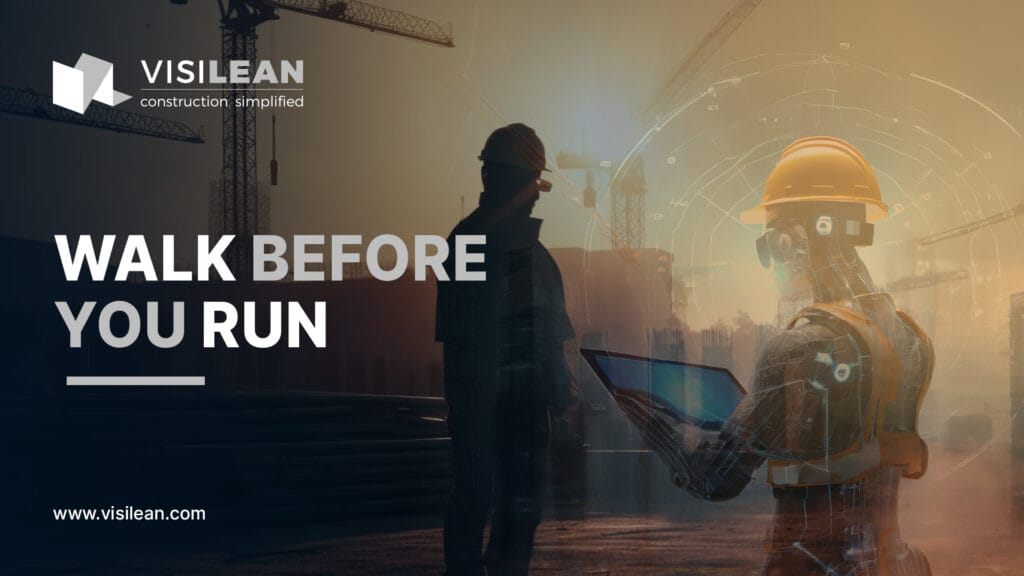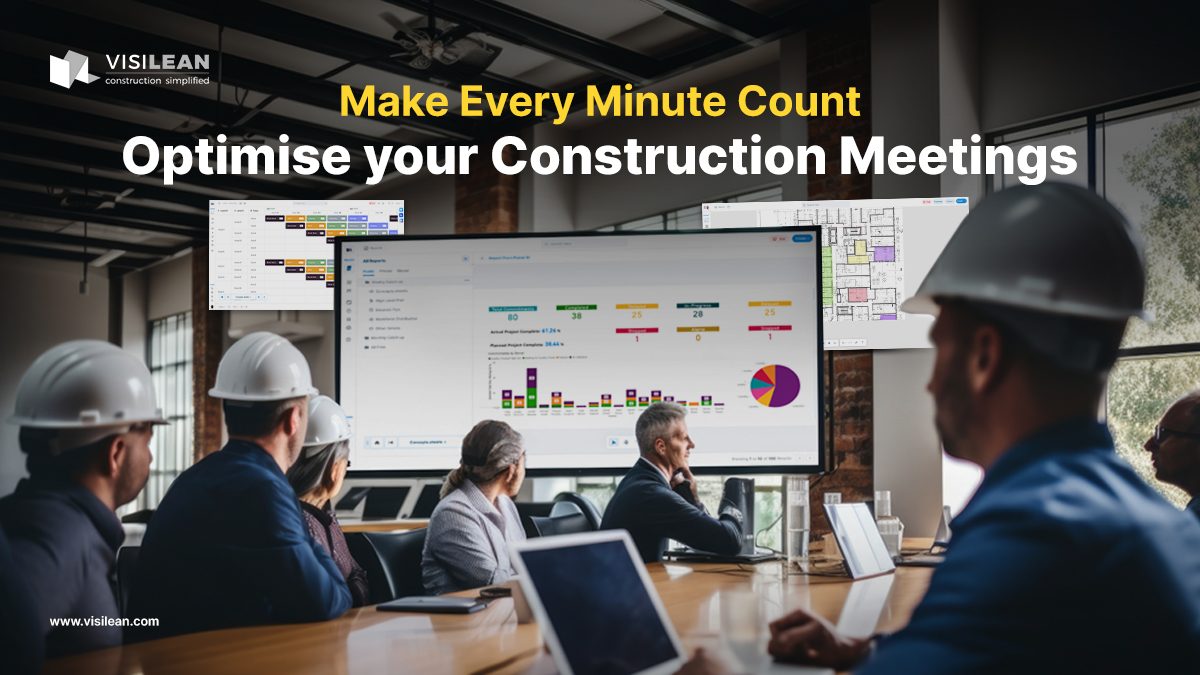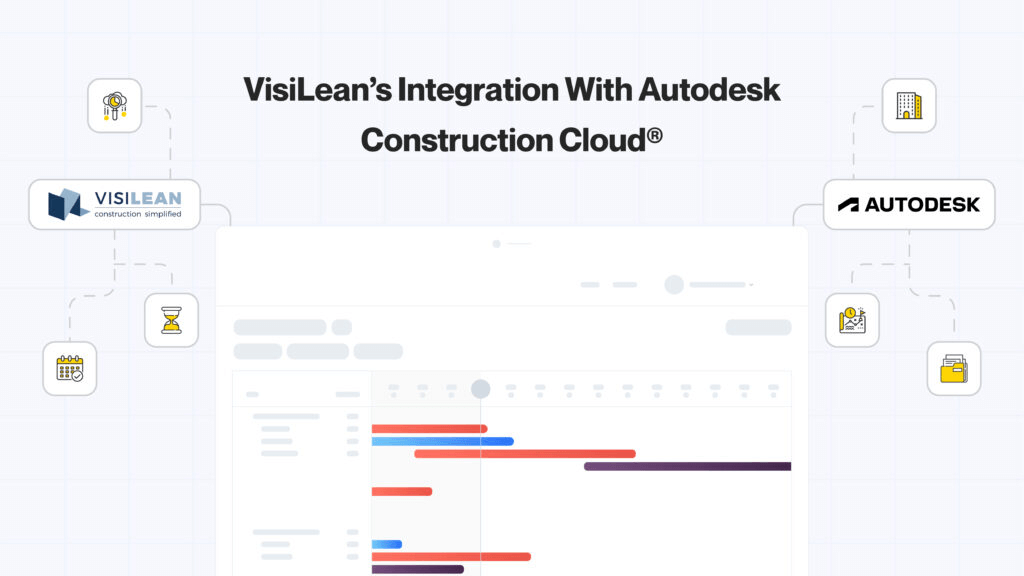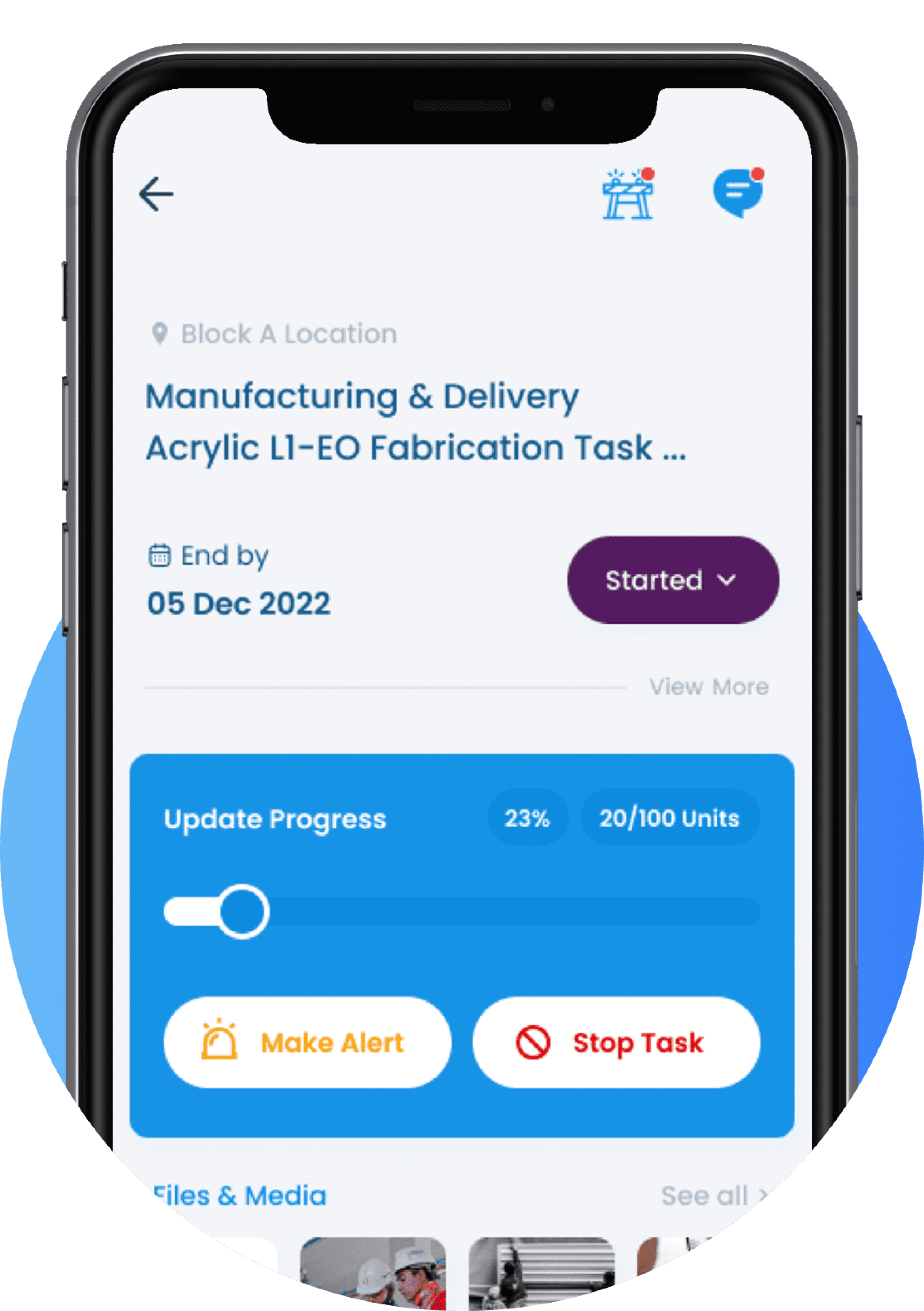In the fast-paced world of technological advancements, the construction industry finds itself at a critical juncture. The sudden infusion of Artificial Intelligence (AI) and advanced tools has created both opportunities and challenges. While the onset of Industry 5.0 is on the horizon, the construction sector must take a step back and ensure it has a solid foundation before taking the leap.
In this article, we explore the construction industry’s current state, the need for alignment in processes and tools, and the role that process-led innovation need to play in building stronger foundations in the digital age.
The Current Landscape:
The construction industry has witnessed a significant transformation with the integration of modern-day tools. From project planning to execution, technology is reshaping how buildings and infrastructure are constructed. However, when the potential problems are not clearly defined and identified during the planning stage, deploying machine-based solutions during the monitoring role won’t optimise resources, manage timelines, and overall achieve better efficiency.
Challenges:
One of the primary challenges is the fragmented nature of construction processes. Unlike manufacturing, where automation and data exchange are more seamlessly integrated, construction involves numerous stakeholders, each with unique processes and timelines. The sudden influx of automation tools without proper alignment with the project lifecycle can exacerbate these challenges rather than provide solutions.
The need for human intervention helps in spotting early issues while carefully doing construction planning instead of reacting to the problems with automated construction systems.
Walking Before Running: The adage
“Walk before you run” holds particular relevance in the construction industry’s current context. Before embracing the futuristic vision of Industry, it is imperative to ensure that the basics are in place. This involves aligning processes, establishing a common understanding among stakeholders, and integrating tools that enhance collaboration rather than create silos.
Building Strong Foundations with VisiLean:
VisiLean emerges as a pivotal player in helping the construction industry walk steadily toward the digital age. VisiLean is a construction management platform that focuses on lean principles, ensuring efficiency, collaboration, and transparency in project delivery.
Here’s how VisiLean can contribute to becoming a backbone of your construction project planning:
1. Lean Construction Principles:
VisiLean incorporates lean construction principles, emphasising the elimination of waste, continuous improvement, and the maximisation of value. By streamlining processes, it paves the way for a more efficient and agile construction workflow.
2. Collaboration and Communication:
Effective communication and collaboration are the cornerstones of successful construction projects. Having been designed to support the Last Planner ® workflow, VisiLean provides a centralised platform for real-time collaboration, enabling stakeholders to share information, track progress, and make informed decisions collectively.
3. Visualisation and Analytics:
Capturing the physical state of the construction sites is the speciality of reality-capture tools. However, if the original planning was not well executed, reality-capture tools only report back on what went wrong. Rather than looking in the “rearview mirror,” the project teams are steering proactively towards set goals.
4. Integration with Existing Systems:
Traditional construction management tools fail to tackle the ground-level realities and only tackle aspects such as scheduling, costs, documentation, etc. in isolation.
The core of construction projects lies in effective production management and VisiLean is a versatile tool built to do just that! The tool gets embedded in your existing workflows through key integrations such as design management, document management and scheduling to address the core of production management. This makes VisiLean’s operating system a powerful solution to collaboratively managing your operations on your construction projects. It addresses the needs, wants, and challenges that people face in construction management and solves inefficient time, cost, and data management problems.
Final Thoughts:
In the race towards Industry 5.0, the construction industry must prioritise walking before running. The infusion of AI-powered construction management should be a strategic progression, with a focus on aligning processes and tools for a more integrated and collaborative workflow. VisiLean, with its lean construction principles and advanced features, offers a pragmatic approach to building stronger foundations in the digital age. By embracing VisiLean, the construction industry can take confident strides towards a future where technology is not just a tool but an integral part of the construction ecosystem.







